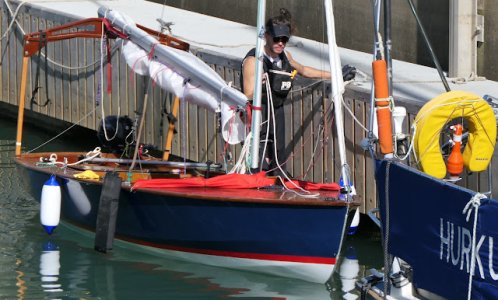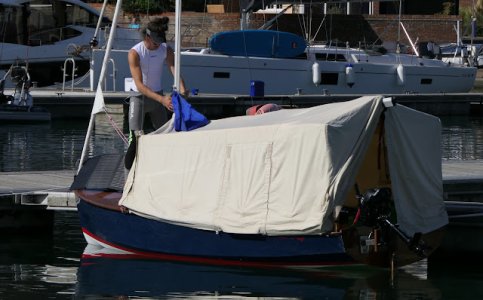DanTribe
Well-Known Member
I totally agree with these comments, but your previous post did come over as unecessarily harsh.
The best yacht / sailing clubs do rely on voluntary self help but it shouldn't be seen as an onerous chore.
The best yacht / sailing clubs do rely on voluntary self help but it shouldn't be seen as an onerous chore.


